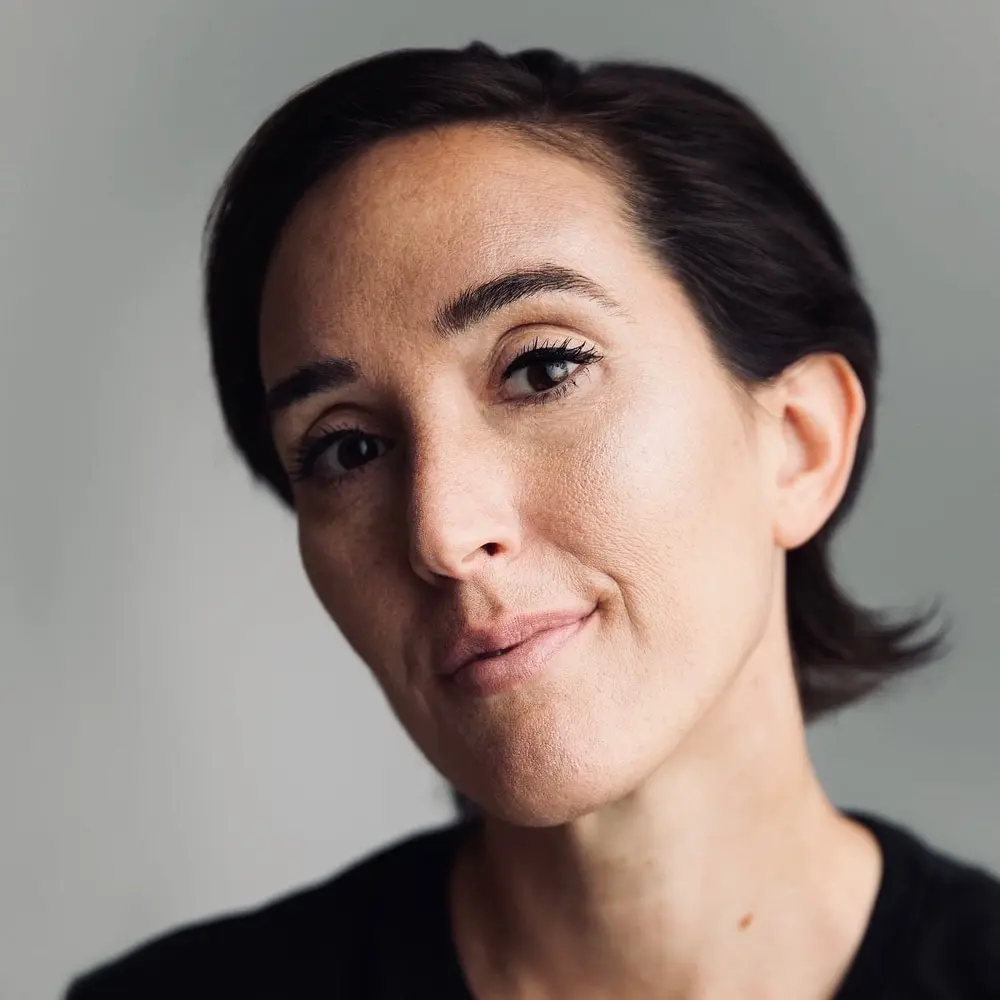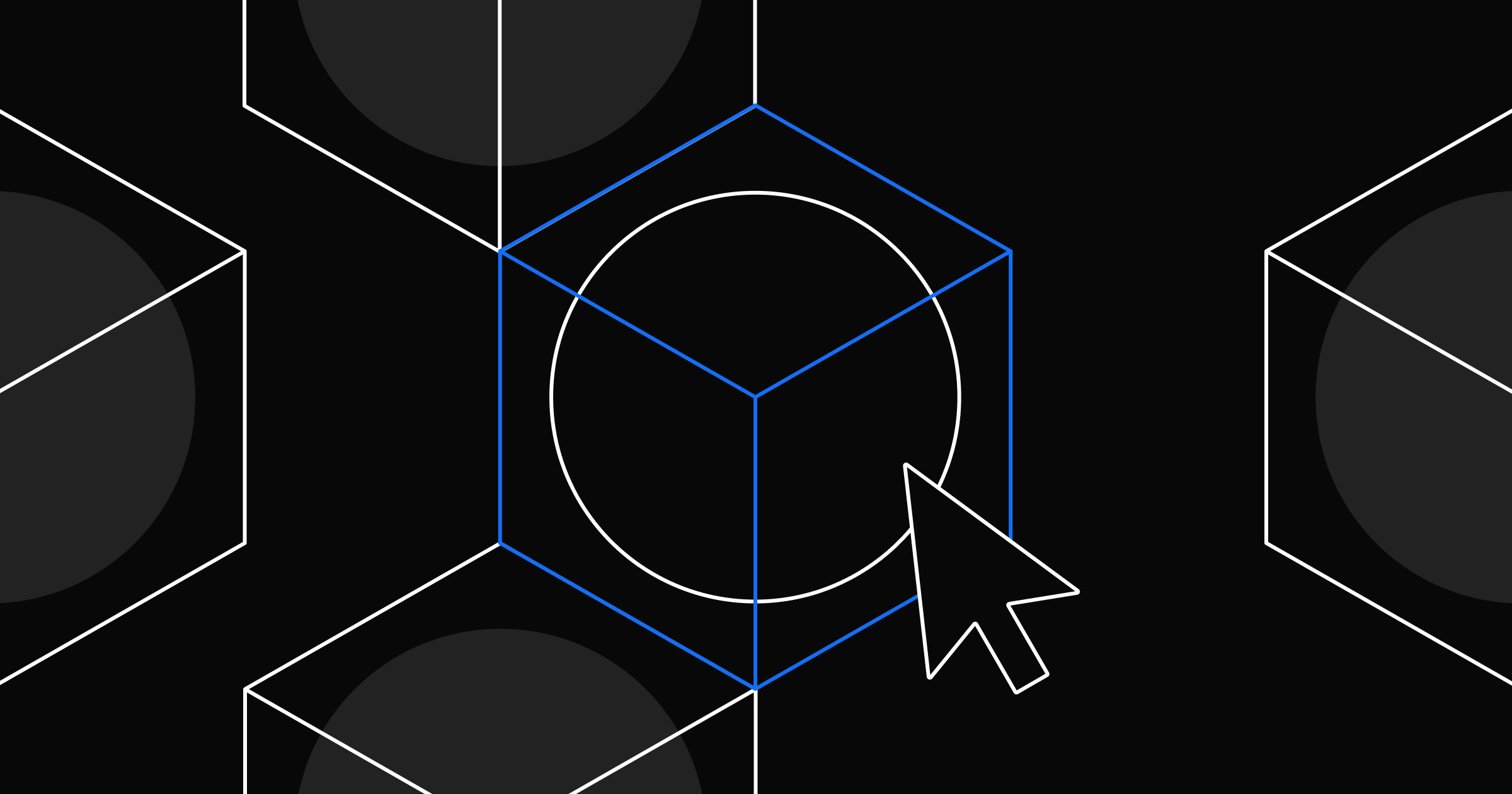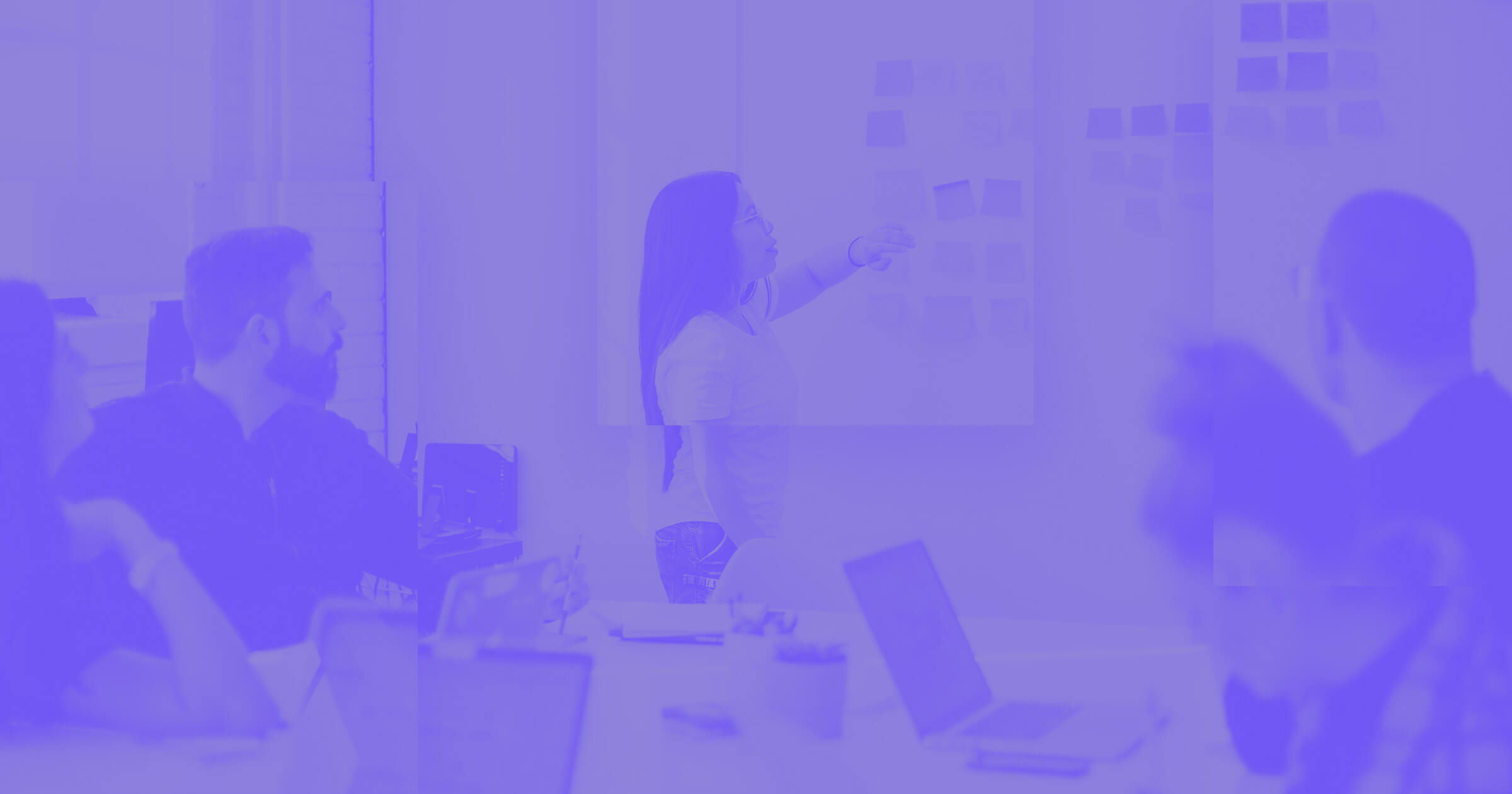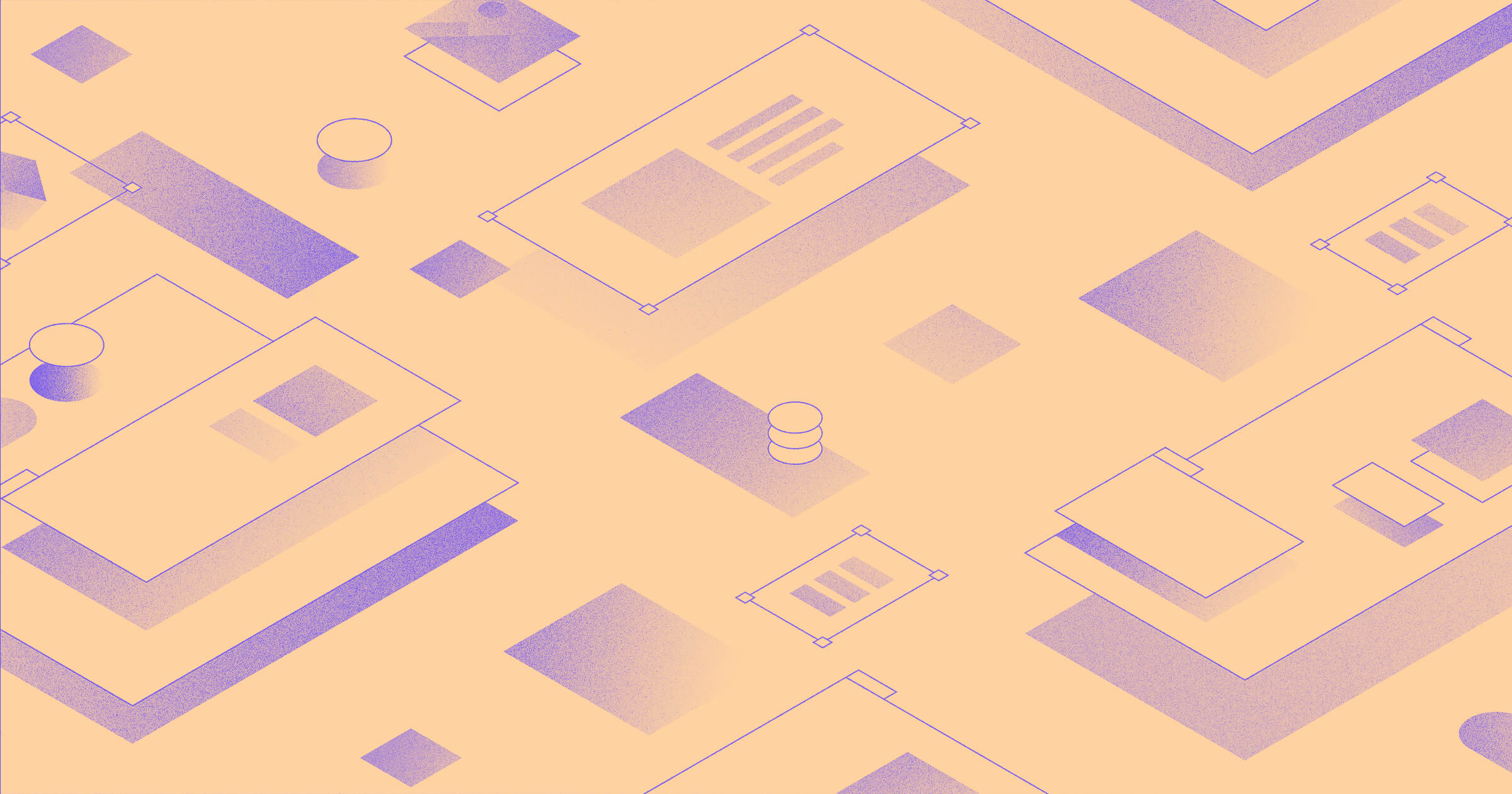I didn’t understand the value of user experience (UX) design until my first official job after I’d graduated university with a degree in Graphic Design.
My new creative director at the time gave me a set of wireframes, a series of web pages with blank boxes to represent text and simple block buttons, for an ecommerce site we were building for a high end baby carriage brand in London, and my first thought was, “What do I do with this?” At school, I was used to taking a directive and translating that brief into a high-fidelity, polished, final product ready to be graded, all in one fell swoop — so the in-between step of wireframing was new to me. I literally didn’t know what I was looking at.
I soon realized I had been designing user experiences before this project, I just hadn’t been doing it very well; I was skipping important steps between the idea and the final product, steps that slowed down my assumptions and invited me to walk in our users’ shoes. Skipping this critical stage of design prevented me from examining and improving the usability of the user experiences I was building.
Today, I have learned UX design tools, like wireframes and customer journey maps, that we use to structure the experiences we design at Webflow, instead of skipping ahead to the final product as I did early in my career. Working without UX tools is really just a slow and expensive way to fail.
UX design as a discipline for building online experiences is not as new, and is significantly more vast, than when I first started out as a designer; our UX design practices and the overall design literacy of the general population have deepened in the last two decades! But at its core, the need for UX design has always been present: to help technology be more accessible and make the ever-changing digital systems and platforms we use more intuitive.
As a designer with a long career arc ahead of them, the malleable nature of a UX designer’s job makes it all the more exciting, because there are innumerable possibilities for working in different industries and discovering specialties within the field.
What do UX designers do?
A UX designer thinks through the way people use something — whether digital or real-world products, processes or interfaces — and then designs or redesigns elements of that experience to be more user-friendly.
In the grand scheme of human ingenuity, UX design as a practice is still relatively new, and though it is especially useful in defining complex technology experiences, it can be applied to help solve nearly any problem or define any experience. Its impact is expansive. There are many flavors of UX designers depending on these various applications and what tools they may use to approach their problem set, which makes possibilities for a UX career somewhat boundless.
A UX designer can, for example, help define customer experiences for SaaS (software as a service) companies, like Webflow or Spotify or Netflix. They can be critical members of teams that build applications or other experiences in healthcare, government, or education. Or they may choose to specialize and dedicate their career to UX research or UX writing.
At Webflow, UX designers (often referred to as “product designers”) on our design team are responsible for three main areas of UX design:
- Defining, exploring, and creating new features
- Evaluating and testing those ideas with our target audience
- Iterating on, or refining, their work, such as exploring alternative flows or layouts, based on feedback and other inputs from customers and stakeholders
The difference between a UX designer and a UI designer
User experience design aims to improve the overall experience someone has with a product, while UI design focuses on the actual elements of layout and interaction. User experience and user interface design jobs are closely related, and often rely on one another, but it is important to distinguish between them. UI is often undervalued as just the “skin” of a product or experience, but a great UI designer usually has an excellent grasp of UX. Vice versa, many great UX designers will have a solid understanding of how the interface will impact the experience.
We get to see this relationship in play all over the web. Take Adam Ho’s new portfolio website, for instance: There’s a design language used on their home page, with visuals that pop, fonts and colors that convey certain emotions, and a cohesive functionality guiding us to explore their work: these elements must work together to create a unified experience.
Or let’s look at a typical product teaser website: Lasso Loop. A UX designer would have intentionally chosen all of those overarching elements like a header image and headline, an intro video, the two buttons at the top to choose from. They would have figured out how to make certain desired customer pathways easier (such as the form for reserving a product). Then, a UI designer would have laid out each element on the home page, defining exactly how each element looked, how it was interactive (hover and focus states – ensuring elements are accessible), and the spacing between elements to achieve the right hierarchy of information. They may choose imagery, like product images or videos, or interactions, like parallax scroll features, being careful to ensure the page operated as intended – loading quickly and smoothly, and working seamlessly across many screens and devices.
Sometimes, both hats are worn by product designers who have a blend of both UX and UI capabilities. Regardless, a great UX designer usually works with UI in mind. (Here’s more on the key difference between UX and UI.)



















Build websites that get results.
Build visually, publish instantly, and scale safely and quickly — without writing a line of code. All with Webflow's website experience platform.
What are the core skill sets a UX designer needs to have?
UX designers are responsible for the overall system that enables user experiences, so they need to have a diverse set of skills. Overall, the core skill for UX designers is the ability to perceive and analyze a user's goals through research and empathy, allowing them to design a system that enables the user to accomplish their goals. If you’re thinking of becoming a UX designer, building these core skills now will serve you well — and demonstrating them in a portfolio will be critical to practicing this discipline professionally.
Interrogation and assessment
UX designers solve problems for a living, so you’ll need to develop great interviewing and analytical skills. This might include looking at user analytics and interviewing customers, or observing them using your designs. The most powerful question for a UX designer is “Why?”, so it is necessarily to learn how to question decisions and behavior.
User testing and research
Both qualitative and quantitative research inform decisions as a UX designer. Qualitative UX research skills, like talking to users and conducting usability studies, and quantitative research skills, like evaluating metrics, can help gain the customer and stakeholder insights necessary for building a great experience.
Information organization
You’ll need to figure out the building blocks that shape an experience in order to redesign that experience. In what context are users coming into an experience? What are they trying to accomplish? What happens when they leave the experience? What are industry best practices and common UX patterns? Knowing basic information architecture best practices and how to apply them will help you answer these questions and get started on a design.
Prototyping
UX designers may build low-fidelity (paper or rough mockups) and high-fidelity (more polished and detailed interactivity) prototypes of what they’re designing in order to test ideas and quickly get user feedback. Prototyping helps communicate ideas effectively and can be great at moving a concept forward or illuminating areas for refinement so that the designs work better to meet the project’s objective.
Empathy
A little empathy goes a long way, and that especially applies to the UX design process. UX designers must be able to challenge their inner personal biases and ensure that they are designing for their end user and their pain points, not for themselves.
Leadership and project management
Getting everyone on a team to agree on what kind of user journey you want your company’s target user personas to have is a powerful leadership opportunity. Soft skills such as project management and conflict resolution can help meet any challenges along the way of executing the above processes.
UX designers have a big impact
Humans are spending more and more time on digital platforms. The experiences people have while they engage with those digital platforms so frequently — and the intuitiveness of the design of those platforms — can have a huge impact, whether on a business’s revenue or a patient’s health, depending on the application of that UX. In ecommerce alone:
- Everyone shops online: Global ecommerce sales are expected to reach $6.5 trillion (USD) in 2022.
- Digital messaging is one of the most popular methods of communication: WhatsApp alone boasted 2 billion monthly users in October of 2020.
- According to Rehan Fernando, CEO at EIGHT25MEDIA, “Studies have shown that over 70-80% of people will research a company on the web before making a purchase decision, usually by visiting its website.”
It’s the UX designer’s responsibility to make sure the digital experiences for people who are living their lives online not only drives them to a desired goal (like putting an item in a cart, or effectively tracking their health), but also that users find these experiences easy, effective, and maybe even delightful!
Several years ago, I had the opportunity to work on the UX for an app that had a big impact on the lives of teenagers with diabetes. The purpose of the app was to help teens learn to better manage their diabetes, which can be a challenge both for them at their stage of life and for their parents. While the teens liked to be on their phones, they weren’t very motivated to track their glucose levels over time, so we integrated some game elements into our UX to make the app more fun to use: Patients would get badges and earn rewards by completing various tasks. This ultimately increased engagement, which helped them better self-regulate. By designing a more engaging UX, we were able to create better health outcomes for those patients.
Improving a user’s experience is a rewarding process in which you can not only solve an interesting design problem but also help improve people’s lives.
Advice for UX designers
This is an industry where specialties and standards are constantly evolving as we learn more, often better, ways of doing things. For that reason I try to think of design as a very broad practice, so as not to get hung up on any single job title or even job requirement. In reality, given time, those particulars will change. I’ve seen numerous iterations of UX design, visual design, and product design job titles and descriptions over my career. What doesn't change is the need for designers to be curious, to solve problems, and to keep an open mind. It is curiosity and creativity that will equate to longevity in your career.
My older brother gave me advice when I was just starting out as a designer that served me well: “In the early days, say ‘yes’ as much as you can, so that you can embrace every opportunity, however big or small.” When you say ‘yes’, you get to learn myriad ways to solve problems in a hands-on setting. After you've had those experiences and begin to carve out your own niche in the industry. And I, for one, can’t wait to see what you can do.































